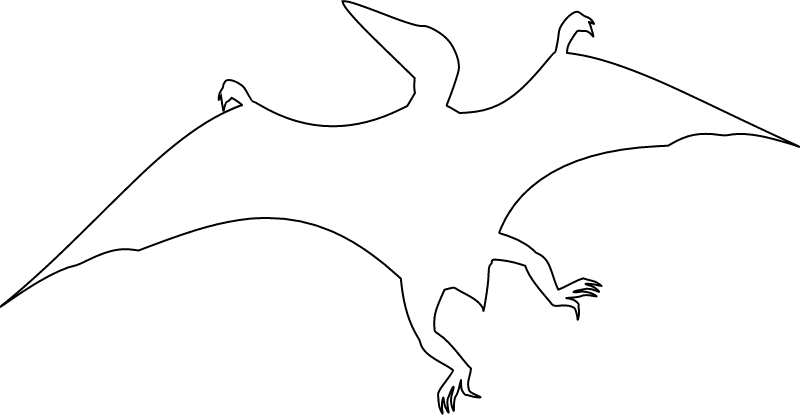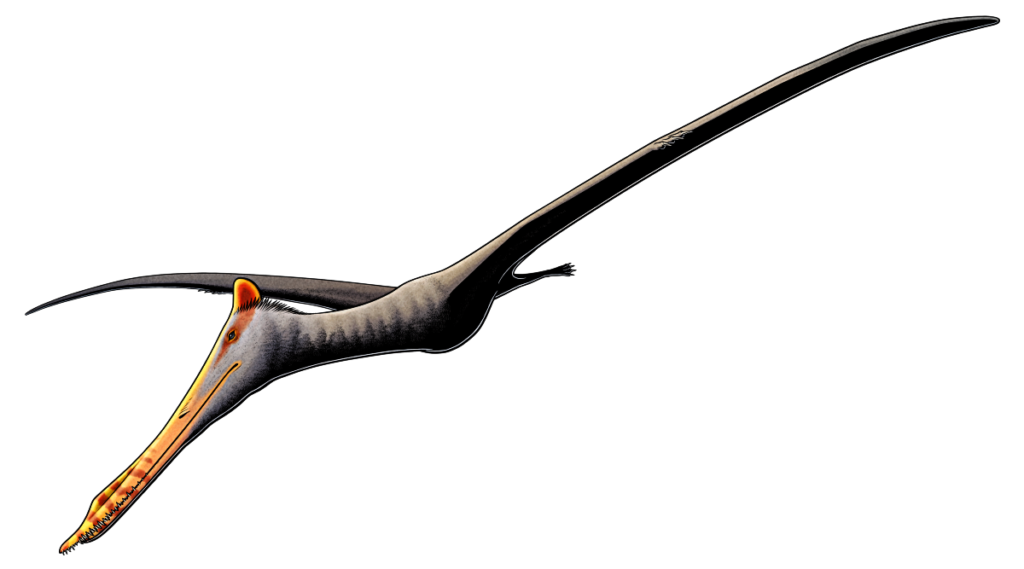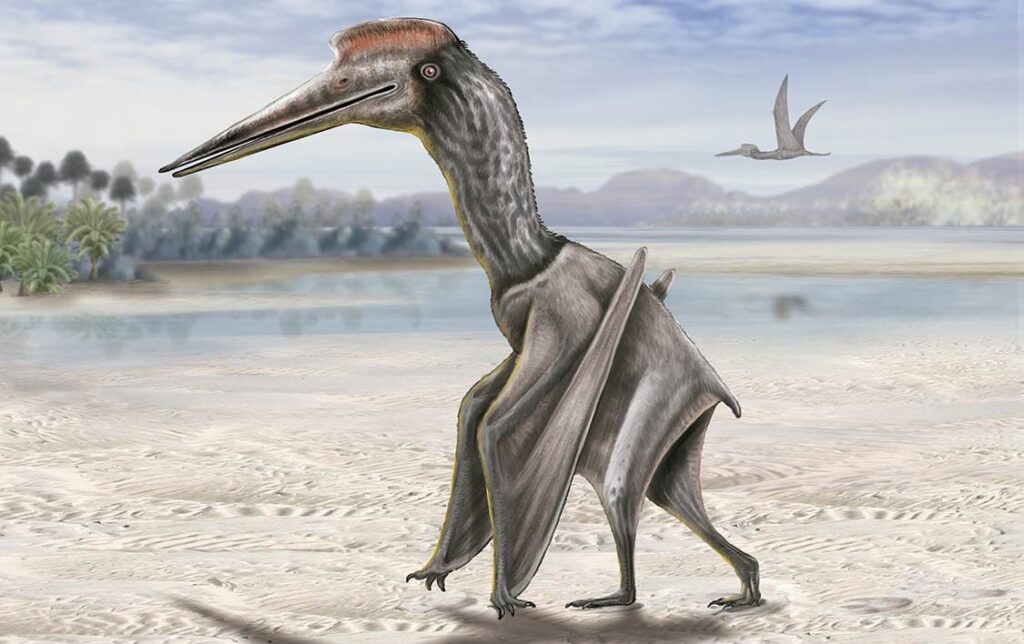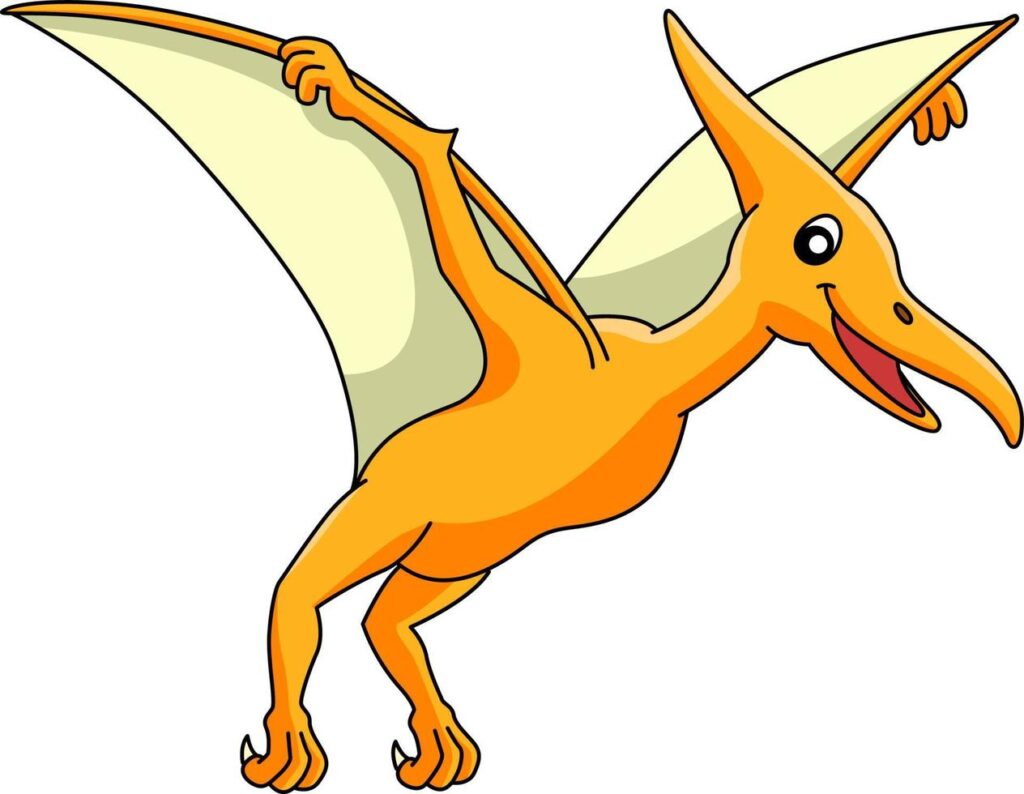As we embark on our journey through Jurassic June, it becomes evident that our fascination with dinosaurs extends beyond mere scientific curiosity. We’re drawn to envisioning these ancient creatures in various forms, including the whimsical realm of cartoons. Amidst the roars and stomps of the prehistoric world, let’s take a flight of fancy and explore the creation of a cartoon Pterodactyl, adding a touch of imagination to our understanding of these majestic creatures.
Why choose to depict a cartoon Pterodactyl?

While technically not a dinosaur, the Pterodactyl, or more accurately, the Pterosaur, holds a significant place in our collective imagery of prehistoric life. This choice offers a bridge between the realms of reality and creativity, allowing us to envision these creatures in vibrant, animated forms. The cartoon Pterodactyl we’ll explore here draws inspiration from one of the largest Pterosaurs, the Pteranodon, known for its impressive wingspan and fish-eating habits during the late Cretaceous period in North America.
Other types of flying reptiles
The skies of the Mesozoic era were not solely ruled by Pteranodons. Let’s delve into a few other intriguing varieties of pterosaurs:
Feilongus

Feilongus is a genus of theropod dinosaur that lived during the Late Cretaceous period, around 84 to 72 million years ago. The name “Feilongus” means “flying dragon,” derived from Chinese, reflecting the dinosaur’s presumed dragon-like appearance and the fact that it was a member of the group of dinosaurs called “dromaeosaurs,” which are often informally referred to as “raptors.”
Feilongus was discovered in China and is known from partial fossil remains, including teeth and skeletal fragments. Like other dromaeosaurs, it likely possessed a combination of bird-like features such as feathers, a grasping claw on each foot, and a relatively large brain compared to other non-avian dinosaurs. These characteristics suggest that Feilongus was an agile and intelligent predator, possibly preying on small to medium-sized animals.
Quetzalcoatlus

Quetzalcoatlus is one of the largest known flying animals of all time and is a genus of pterosaur that lived during the Late Cretaceous period, approximately 68 to 66 million years ago. Pterosaurs were flying reptiles that existed alongside dinosaurs but were not dinosaurs themselves.
Conclusion
In the vast tapestry of prehistoric life, cartoon Pterosaurs serve as colorful threads, weaving together scientific understanding and imaginative interpretation. By exploring these whimsical depictions alongside their real-life counterparts, we enrich our appreciation for the diversity and wonder of ancient creatures that once soared through primordial skies. So, as we continue our journey through time, let’s not forget to glance upwards and let our imaginations take flight with the cartoon Pterosaurs of yesteryears.
